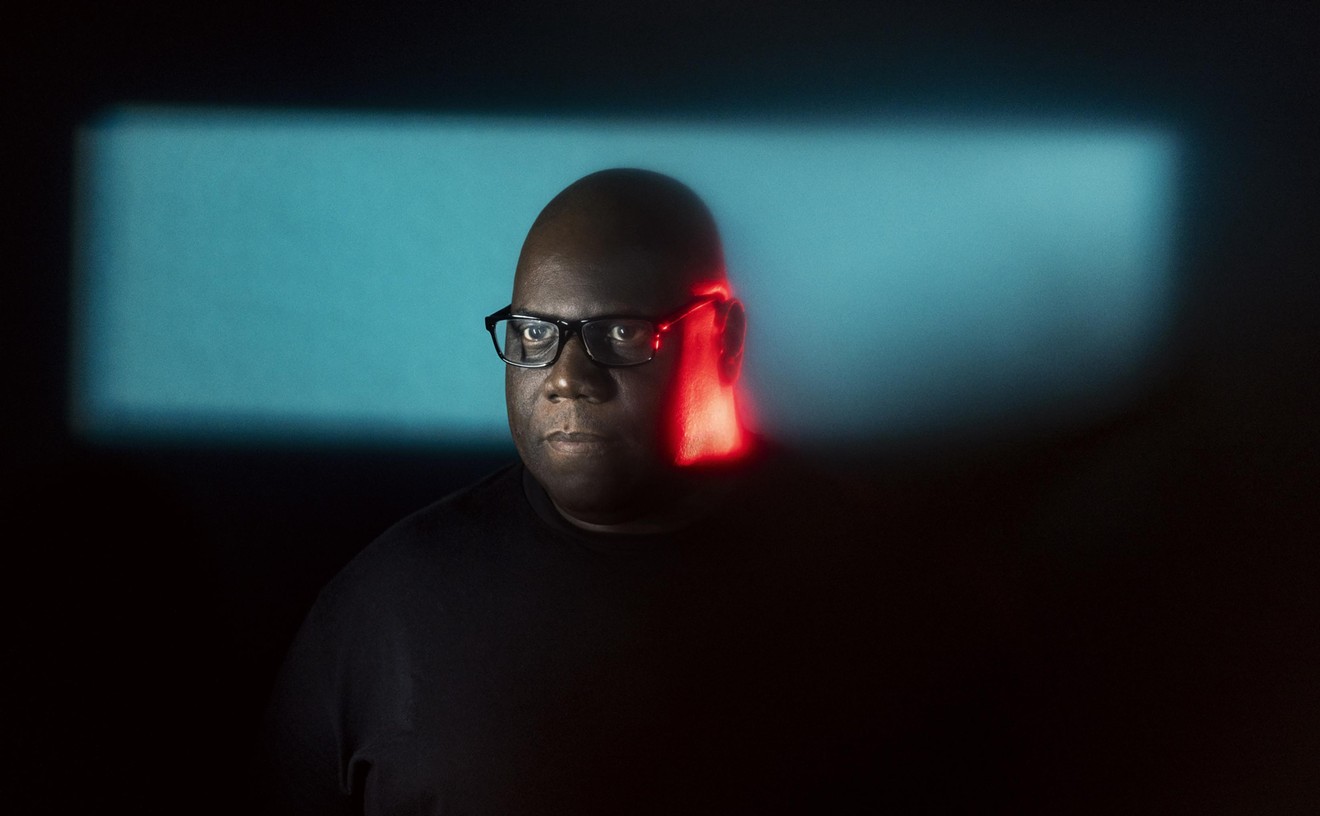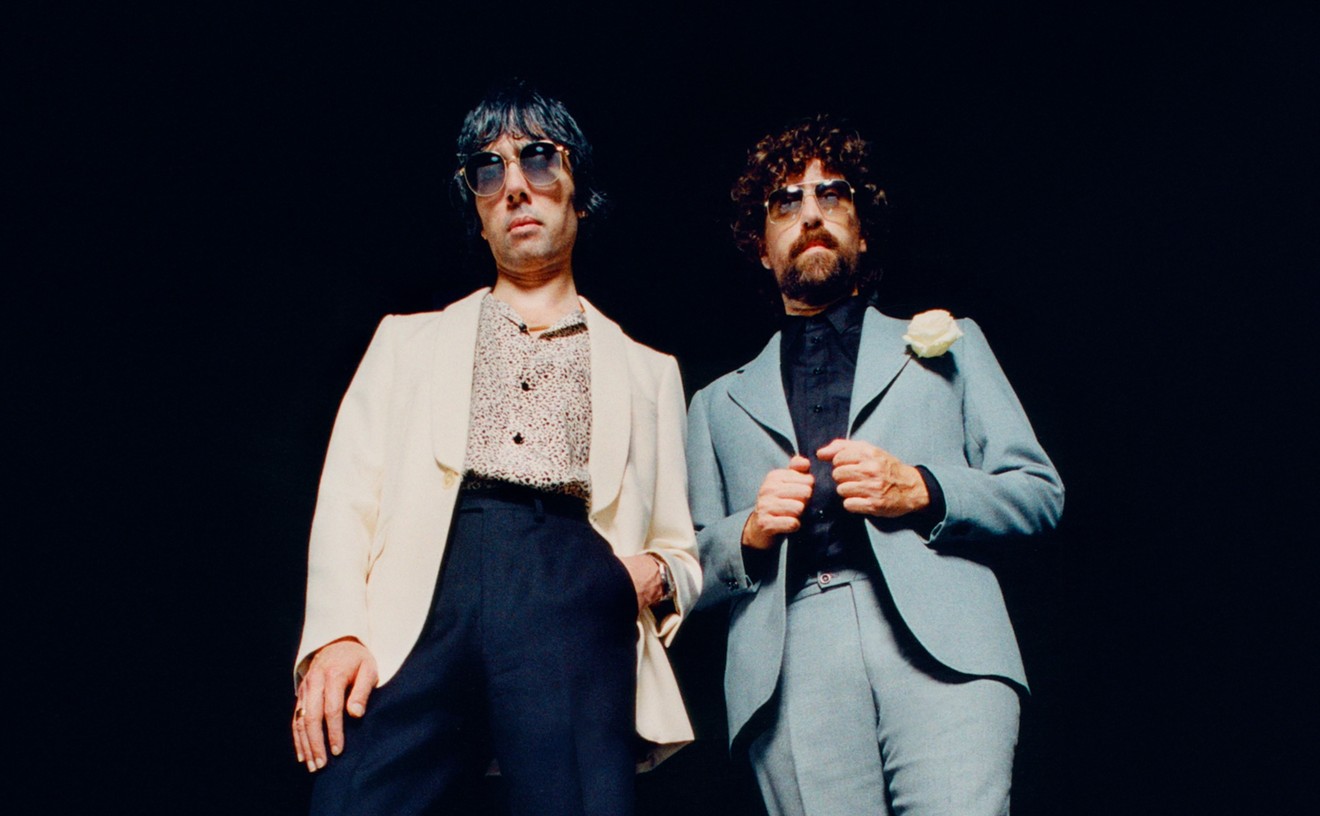"It's Jethro Tull!"
"No, no. It's Aqualung, the guy in the song. Snot is running down his nose!"
Truth be told, you can't actually see any snot on the cover art to Jethro Tull's fourth and best album, from 1971. But my friend Mike, who had overnight discovered the band via a stoner older cousin, could see it anyway. Mike even took the album to school, just to display its obscure menace to any and all. In the stairwell next to the science building, we crouched and pondered its meaning.
Aqualung's front cover features a painting of a demented-looking, long-haired dude who, we later discovered, looked very much like Tull frontman Ian Anderson, while its back cover includes a vaguely blasphemous bit of mock scripture written in creepy Gothic lettering. Clearly, this band was trouble.
The record itself was over a decade old by then. The pistoning throb of "Locomotive Breath" was marred by skips, and the whole thing hissed and spat like the crazy man on its cover when we spun it, again and again, on Mike's old turntable. These cracks and pops, of course, only deepened its hold on Mike's addled early-teen mind. Aqualung was an artifact from a stranger and more dangerous time, and he studied it. The real Jethro Tull, Mike discovered, was neither the guy on the cover nor the main guy in the band -- he was actually an eighteenth-century agriculturist who invented the seed drill. Mike got a metal magazine and figured out what a dog-end was (it's English for cigarette butt!) and wondered why anyone would go down to a bog to warm their feet. Mike bought a guitar and a Tull songbook, and learned to play the dissonant little six-note figure that opens the album. Somewhere in the world, some classic-rock station is playing it right now, and all the Mikes out there are singing the six deathless syllables that accompany it: Sit-ting on a park bench!
Rock and roll affects young minds in odd and magical ways, and Jethro Tull rocked odder than most. In full early-Seventies cry, Tull could churn out the heavy boogie like Foghat with a flutist -- which was weird enough -- but they had stuff going for them that Lonesome Dave Peverett's combo could only dream of: concepts! Whole albums that were one enormous song! And then there was all that medieval business (remember, this was at the dawn of the Dungeons and Dragons era), with Ian Anderson hopping around like a madman singing about beasts and broadswords and minstrels in the gallery. It was like Canterbury Tales with big drums. For guitar wonks, Tull could boast musical tomfoolery at least as pretentious as their prog-rock countrymen in Yes or Emerson, Lake and Palmer, but without the effeteness of those bands. In keeping with its agricultural moniker, Tull was dark and filthy, as earthy and crude and foul-minded as the teenagers who listened, enthralled, to its mysterious songs. Anderson sounded pissed off, and he sang about snot and sperm and made fun of God. It was art rock for regular kids. What was not to love?
The trouble was that while their glorious handful of classics pounded forth from car radios everywhere, the band itself, still together in the early Eighties, was in the midst of a long march toward irrelevance. Mike rushed out to buy Tull's 1984 dog of an album Under Wraps when it came out, thrilled to be a part of the continuing Tull story. The music itself was a terrible shock, all tinny blattering Linn drums and synthesizers. It sounded like Phil Collins with a flute. Gaaah!
So Mike went back to his scratchy old LPs, poring over the magnificent fake-newspaper liner notes in 1972's Thick as a Brick for clues and wondering why their new music had to suck so much. Jethro Tull came to town that year, and Mike went down to the hockey arena to see them even though the album was so bad because he knew they'd have to play "Cross-Eyed Mary" and the sublime "Wind Up." It was a great show, as all Tull shows are, and Mike's ears rang with it for days.
I don't know what happened to Mike, but I checked in on Jethro Tull recently, and they're doing fine. After the Under Wraps debacle, the band went into hiding for a few years and returned as a more modestly scaled outfit, feeding their faithful the sort of arty Brit folk rock that's hard to come by these days. None of it sounds much like Aqualung, nor would today's teenagers find much in it that frightens or fascinates. Nevertheless, the group managed to edge out Metallica and AC/DC in 1988 for a Grammy for Best Hard Rock/Metal Performance, Vocal or Instrumental, with the folkie and utterly un-heavy album Crest of a Knave, an incident that has since been used as the archetypical illustration of Grammy cluelessness. But Tull soldiers on.
It's pretty much just Ian Anderson and guitarist Martin Barre now, keeping the franchise alive with a shifting cast of anonymous sidemen. They look saggy and suspicious in recent photos, but the music on their most recent CD, Roots to Branches, is surprisingly spirited (especially considering it's their 28th album). Anderson's righteous rage has dimmed to a sort of wry crankiness, and the flute that once snarled out those amazing racing solos is prettier now, with a bit of a Windham Hill sound to it. The music is full of vintage prog-rock noodlings and time changes, but it has neither the hairy guitar riffs nor the giddy overambition of the old stuff. Still, it sounds like Jethro Tull, and that alone is some kind of achievement here in 1996. After all, these guys were complaining about being too old to rock and roll and too young to die back in 1976.
The overambition thing was what got Tull drubbed by the critics during its mid-Seventies golden age. Coming out with operatic hooey such as '73's Passion Play was just asking for trouble, but it was also what made them worth listening to in the first place. Sure, it sounds ridiculous now. Even at the time, there was always a nervous twinge of self-awareness (the band included a mock review of their own album in the Thick as a Brick liner that pointed out their fondness for "ugly changes of time signature and banal instrumental passages"). Laugh all you want now, but the magic of Jethro Tull was a real thing for every kid like Mike who saw, for the first time, a world of mystery and bad intent in a six-note guitar riff and a crazy man with a flute.
Jethro Tull performs Saturday, March 30, at Sunrise Musical Theatre, 5555 NW 95th Ave; 741-7300. Showtime is 8:00. Tickets cost $23.










